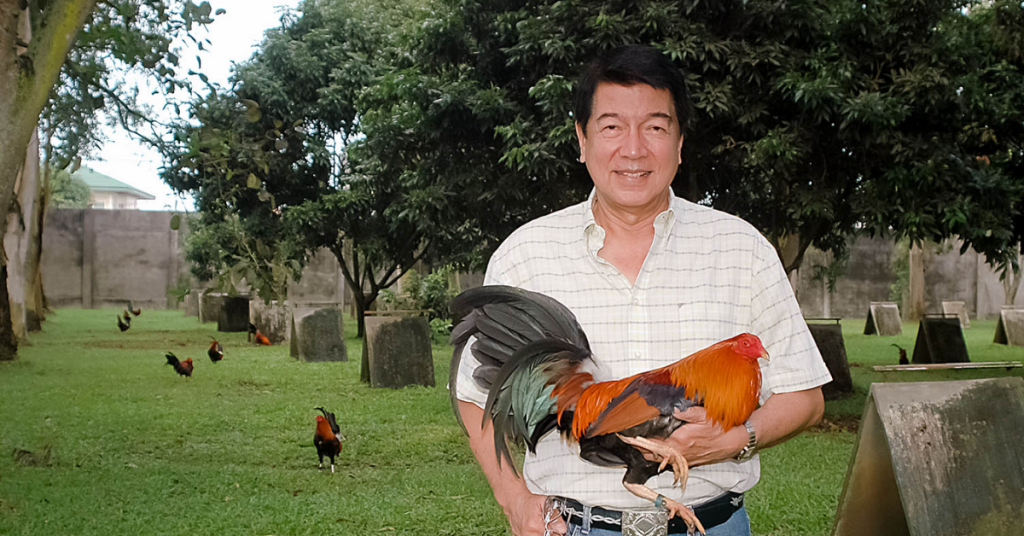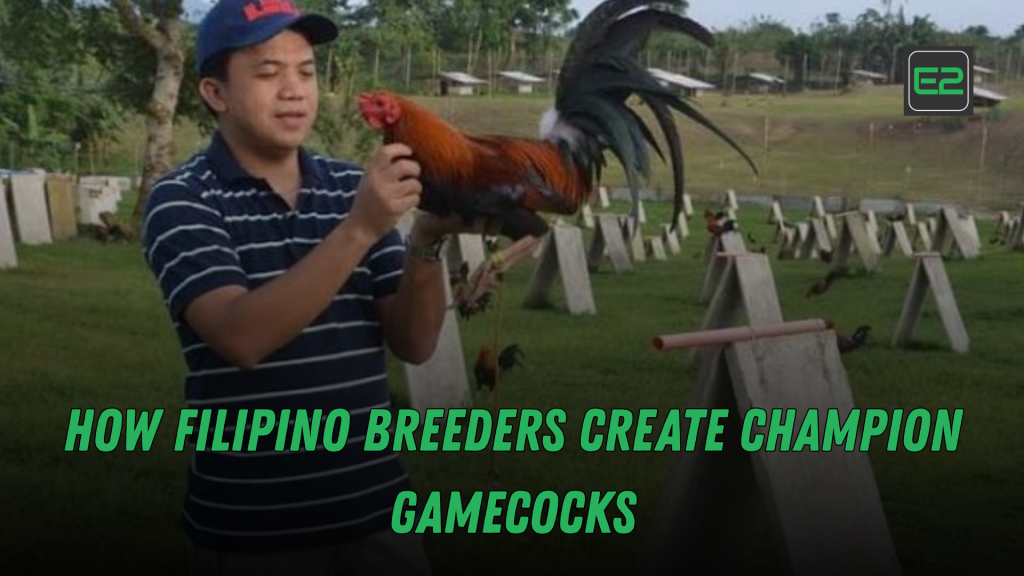In the heart of the Philippines, where sabong (cockfighting) is deeply embedded in culture and tradition, Filipino breeders have elevated their craft into a competitive science. Breeding champion gamecocks isn’t just about genetics; it’s about knowledge, discipline, intuition, and legacy.
In this article, we explore how Filipino breeders produce top-tier fighting roosters, their techniques, training regimens, bloodline choices, and what truly makes a gamecock a champion.
Table of Contents
The Art and Science of Gamecock Breeding by Filipino Breeders
Bloodlines Are Everything
A successful gamecock starts with a proven bloodline. Filipino breeders often swear by legacy lines such as:
These bloodlines are strategically crossbred to produce offspring with the ideal mix of power, speed, cutting ability, and fighting intelligence.
Genetic Selection
Elite breeders go beyond superficial traits. They select breeding pairs based on:
- Cutting precision
- Footwork
- Aggressiveness without recklessness
- Mental toughness and recovery
“A great bloodline may win a fight—but a great mind wins championships.” – A popular saying among breeders.

Nutrition and Conditioning: The Backbone of Success
Stage 1: Early Nutrition (0–3 months)
From hatching, chicks are fed a balanced starter feed high in protein and essential amino acids. Many breeders add:
- Vitamin B-complex
- Electrolytes
- Probiotics
This promotes strong skeletal development and disease resistance.
Stage 2: Grower Phase (3–6 months)
Young stags are gradually transitioned to grain-based feeds with cracked corn, wheat, and pellets. Supplements such as liver tonics and herbal dewormers are also used to build endurance and maintain gut health.
Stage 3: Pre-Conditioning (6 months and up)
Prior to training, diet is adjusted to:
- Increase muscle density
- Maintain weight without bulk
- Boost stamina through natural carbohydrates
Popular natural additions include:
- Banana (for potassium)
- Garlic (for immunity)
- Molasses water (energy booster)

Training Regimen of a Champion Gamecock
Filipino breeders follow strict daily conditioning programs starting around 8–9 months of age.
Key Elements:
- Cord Work: Stags are tied to individual cords for sun exposure, stretching, and exercise.
- Fly Pen Drills: Birds are made to fly short distances repeatedly to build leg strength.
- Rotation Exercises: Manual handling helps improve balance and strike timing.
- Raking and Sparring: Birds engage in controlled sparring sessions to develop timing, strategy, and toughness.
📝 Note: Proper rest, hydration, and non-contact days are crucial to prevent overtraining and injuries.
Top 10 Gamefowl Breeds in the Philippines and Their Fighting Styles
Disease Prevention and Health Management
Gamecocks are high-performance animals. A champion can’t afford even minor illness.
Common practices include:
- Vaccination protocols: NDV, Fowlpox, and Avian Influenza
- Regular deworming and delousing
- Isolation of sick birds to prevent spread
- Herbal remedies like oregano and guava leaves for mild infections
Some breeders also use natural “cocktails” made of honey, calamansi, and ginger for added vitality.
Instinct, Temperament, and Intelligence
What separates a good fighter from a champion? Mental strength.
Filipino breeders assess a stag’s:
- Fear response in unfamiliar settings
- Ability to adapt tactics mid-fight
- Courage to recover from setbacks
- Temperament during handling and sparring
If a bird is too aggressive, it may burn out early. If it’s too shy, it won’t engage. A champion must know when to strike and when to survive.
The Role of Experience and Breeder Intuition
Even with all the science, intuition plays a big part in Filipino gamefowl breeding.
Experienced breeders can spot:
- A chick with “the look”
- A juvenile with promising gait and muscle tone
- A fighting style emerging during early sparring
They often keep detailed journals on each bird: feeding notes, behavior patterns, and training response. These notes help refine bloodlines over generations.
Why Filipino Breeders Are Recognized Worldwide
The Philippine sabong scene is among the most competitive globally. Breeders from countries like Mexico, the U.S., and Thailand import birds and eggs from Filipino farms.
Key reasons:
- Deep heritage and experience
- Quality bloodline management
- Unparalleled conditioning programs
Several breeders have gone on to establish international breeding centers and have their gamecocks win championships abroad.

Tips for Aspiring Gamefowl Filipino Breeders
Thinking of getting into the gamefowl world? Here’s what to keep in mind:
- Start small: Begin with a few high-quality pairs.
- Document everything: Record growth, feeding, and temperament.
- Join local sabong communities: Learn from veterans.
- Prioritize animal welfare: Healthy birds fight better and longer.
- Stay updated: Gamefowl trends evolve—learn about genetics, herbal remedies, and new training methods.
Breeding Champions is an Art of Discipline
From carefully selected bloodlines and nutrition plans to rigorous training and breeder instinct, creating a champion gamecock in the Philippines is an act of passion and precision. It’s not just about winning fights—it’s about preserving tradition, respecting the animal, and perfecting the craft with every generation.
Share your thoughts!
Are you an aspiring breeder or a sabong enthusiast?
- Follow us for more in-depth articles on gamefowl techniques
- Share your own breeding stories in the comments
- Join our mailing list for exclusive tips from top breeders in the Philippines
The next champion might be in your backyard—if you raise him right.
